Wingspan 11 m | Length 8.5 m | |
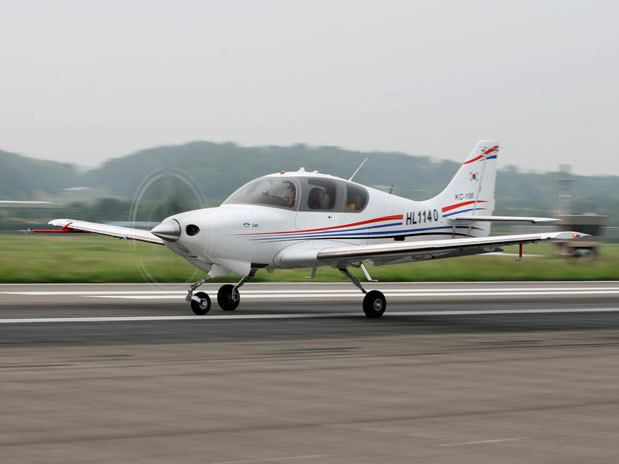 | ||
Manufacturer | ||
The KAI KC-100 Naraon is a South Korean four-seat, low-wing, single-engine light aircraft under development by Korea Aerospace Industries that first flew on 20 July 2011.
Contents

The name Naraon was chosen based on public input.
A military trainer variant the KT-100 first flew in 2015.
Design and development
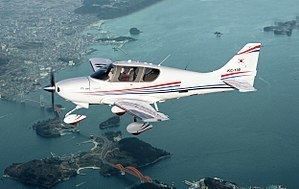
The design goal of the Naraon is to produce an aircraft that is 10% more fuel efficient than other aircraft in its class, with a cabin that is 1 to 2 in (3 to 5 cm) wider that the Cirrus SR-22 or Cessna 400. Development began in June 2008 with a five-year development timeframe.
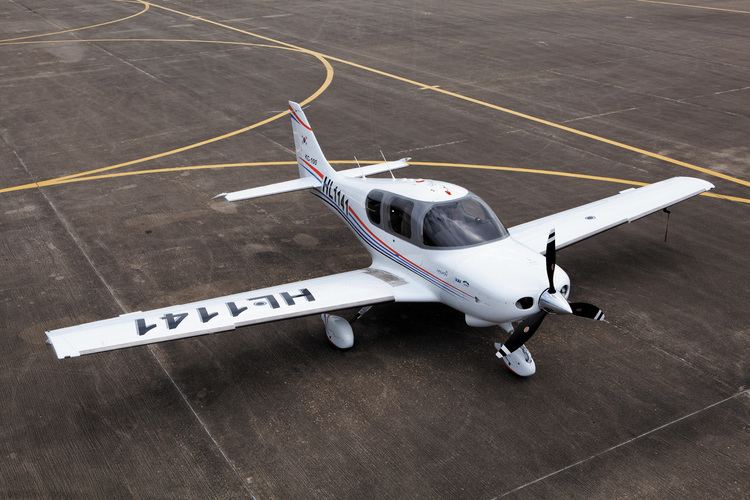
The KC-100 is built from carbon fibre and features gull-wing doors. The wing employs a laminar flow airfoil and winglets. The engine is a Continental TSIOF-550-K turbocharged 315 hp (235 kW) powerplant controlled by FADEC. The avionics will be an Avidyne Entegra II glass cockpit. The aircraft will have a TKS anti-icing system, air conditioning and oxygen as standard equipment. A full-plane parachute system will be optional.
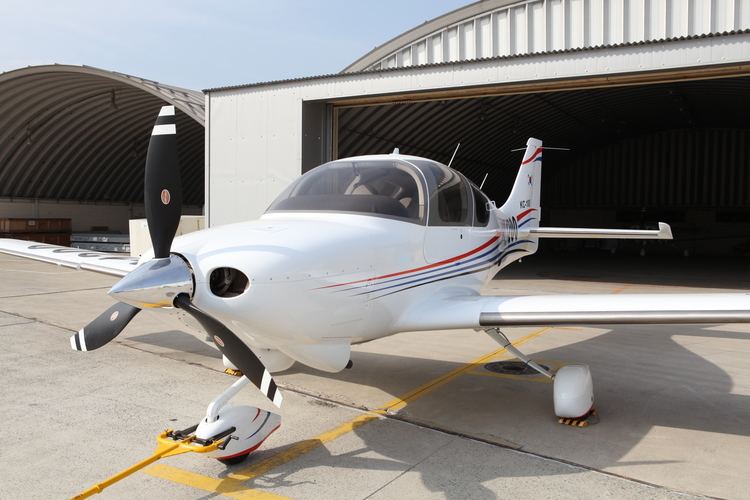
Type certification in South Korea, Europe and the United States is planned. The company expected that deliveries would commence in mid-2013 at a forecast price of US$575,000.
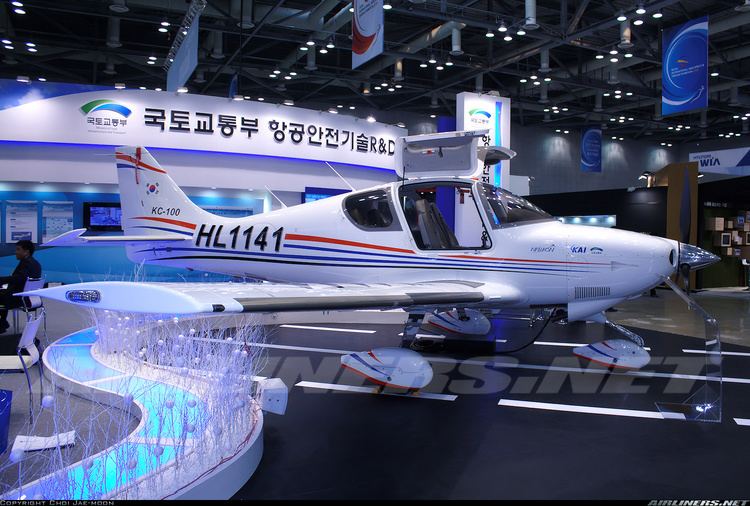
In May 2014, the South Korean Air Force academy entered a memorandum of understanding to obtain a military trainer variant designated the KT-100, the first mass production contract for the aircraft. The KT-100 will replace the 20 Ilyushin Il-103 aircraft at the academy to familiarize students with flying. The KT-100 first flew on 5 October 2015 and all expected to be delivered by the end of 2016.
Variants
Specifications (KC-100 Naraon)
Data from AVweb and KAI
General characteristics
Performance
Avionics
